Third Planet: Earth
The third planet in our solar system is Earth. It is the only planet known to support life and is the largest of the terrestrial planets. Here are some key points to remember about the third planet:
- Name: Earth
- Position: Third planet from the Sun
- Size: Earth has a diameter of about 12,742 kilometers (7,918 miles).
- Atmosphere: The Earth's atmosphere is composed of nitrogen, oxygen, and traces of other gases, which are essential for supporting life.
- Composition: The Earth's surface is divided into continents and oceans. It is composed of various elements and minerals, and its core is made up of molten iron and nickel.
- Orbit and Rotation: Earth takes approximately 365.25 days to orbit the Sun and rotates on its axis every 24 hours, causing day and night cycles.
- Moon: Earth has one natural satellite, the Moon, which orbits the Earth and influences phenomena such as tides.
Study Guide:
To better understand the third planet, Earth, consider the following study guide:
- What is the name of the third planet in our solar system?
- How far is Earth from the Sun in our solar system?
- What is the diameter of Earth?
- Describe the composition of Earth's atmosphere.
- What are the major components of Earth's surface?
- How long does it take for Earth to orbit the Sun?
- What is the name of Earth's natural satellite?
By understanding these key points, you will have a solid grasp of the third planet, Earth, and its significance in our solar system.
.◂Science Worksheets and Study Guides Kindergarten. Pushing, Moving, Pulling
Coloring Worksheet How heavy
How heavy  Coloring Worksheet
Coloring Worksheet How heavy
How heavy  Coloring Worksheet
Coloring Worksheet How Things Move
How Things Move  Coloring Worksheet
Coloring Worksheet How Things Move
How Things Move  Coloring Worksheet
Coloring Worksheet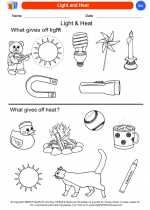 Light and Heat
Light and Heat  Coloring Worksheet
Coloring Worksheet Light and Heat
Light and Heat  Coloring Worksheet
Coloring Worksheet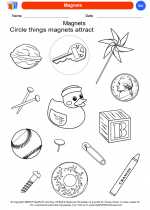 Magnets
Magnets  Coloring Worksheet
Coloring Worksheet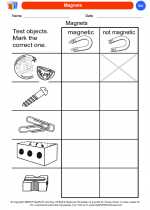 Magnets
Magnets  Coloring Worksheet
Coloring Worksheet Pushing and Pulling
Pushing and Pulling  Coloring Worksheet
Coloring Worksheet Pushing and Pulling
Pushing and Pulling  Coloring Worksheet
Coloring Worksheet Simple Machines
Simple Machines  Coloring Worksheet
Coloring Worksheet Simple Machines
Simple Machines  Coloring Worksheet
Coloring Worksheet Sink and Float
Sink and Float  Coloring Worksheet
Coloring Worksheet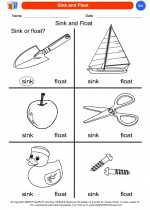 Sink and Float
Sink and Float  Coloring Worksheet
Coloring Worksheet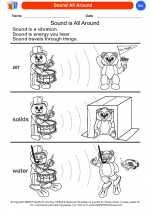 Sound All Around
Sound All Around  Coloring Worksheet
Coloring Worksheet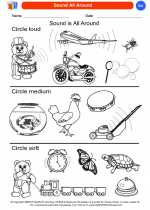 Sound All Around
Sound All Around  Coloring Worksheet
Coloring Worksheet Up and Down
Up and Down  Coloring Worksheet
Coloring Worksheet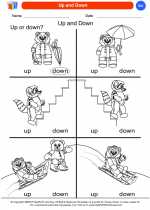 Up and Down
Up and Down  Coloring Worksheet
Coloring Worksheet Wheels
Wheels  Coloring Worksheet
Coloring Worksheet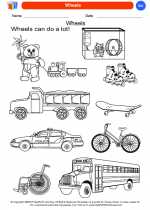 Wheels
Wheels 

 Coloring Worksheet
Coloring Worksheet
 Coloring Worksheet
Coloring Worksheet
 Coloring Worksheet
Coloring Worksheet
 Coloring Worksheet
Coloring Worksheet
 Coloring Worksheet
Coloring Worksheet
 Coloring Worksheet
Coloring Worksheet
 Coloring Worksheet
Coloring Worksheet
 Coloring Worksheet
Coloring Worksheet
 Coloring Worksheet
Coloring Worksheet
 Coloring Worksheet
Coloring Worksheet
 Coloring Worksheet
Coloring Worksheet
 Coloring Worksheet
Coloring Worksheet
 Coloring Worksheet
Coloring Worksheet
 Coloring Worksheet
Coloring Worksheet
 Coloring Worksheet
Coloring Worksheet
 Coloring Worksheet
Coloring Worksheet
 Coloring Worksheet
Coloring Worksheet
 Coloring Worksheet
Coloring Worksheet
 Coloring Worksheet
Coloring Worksheet
